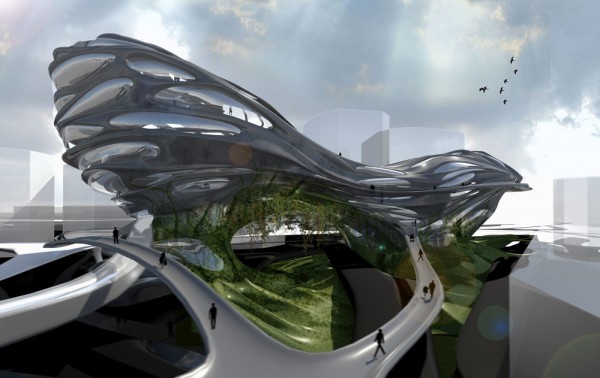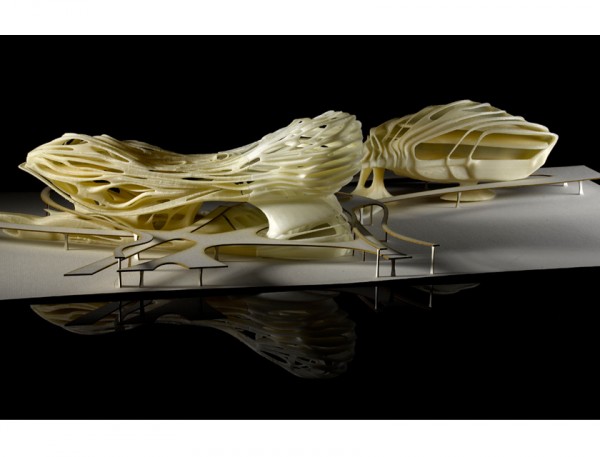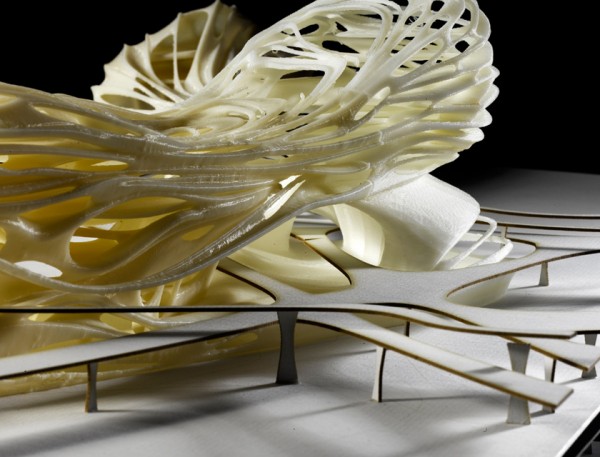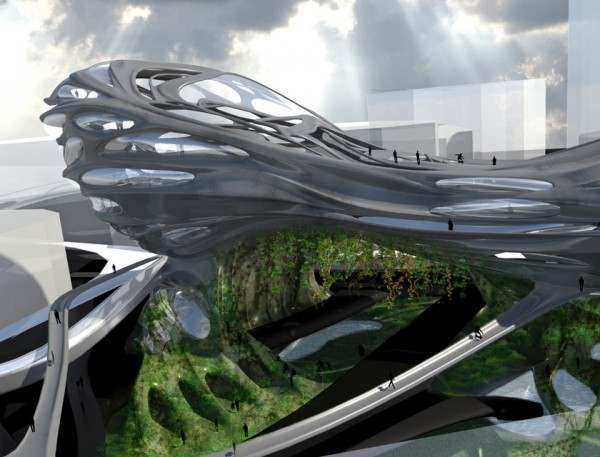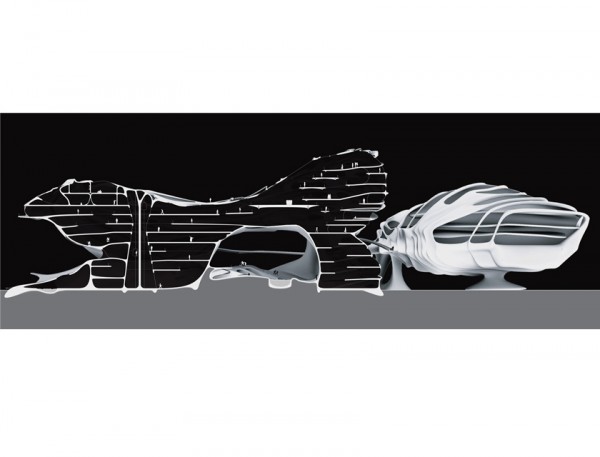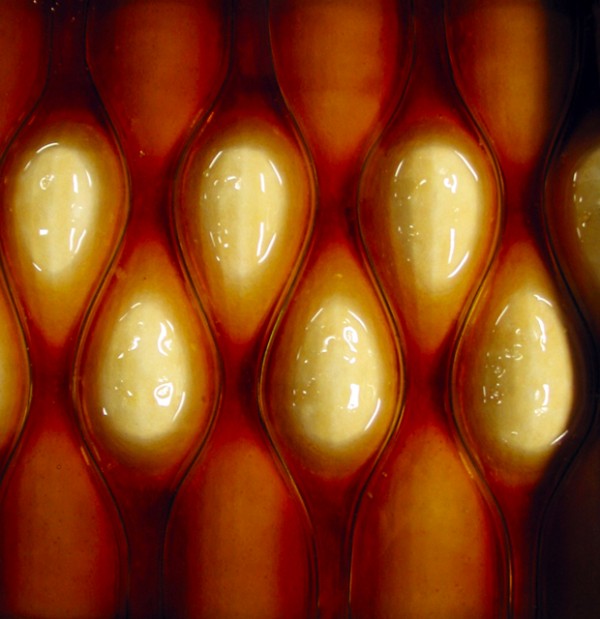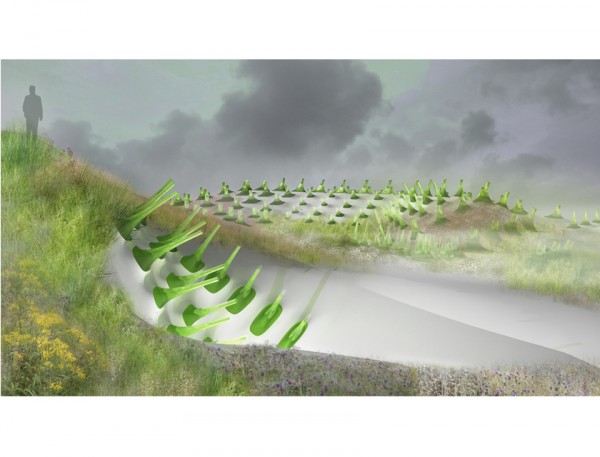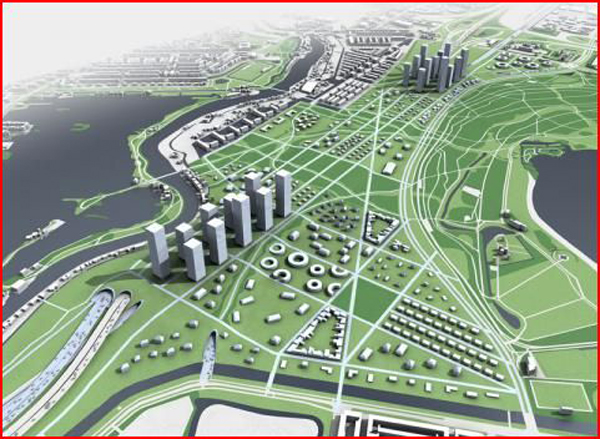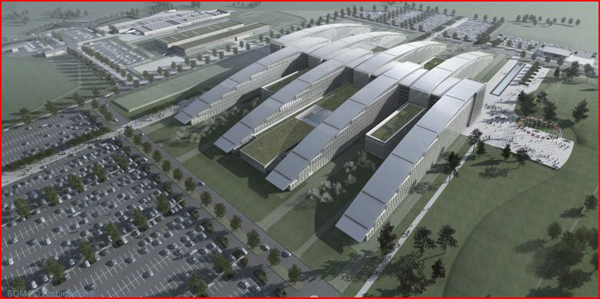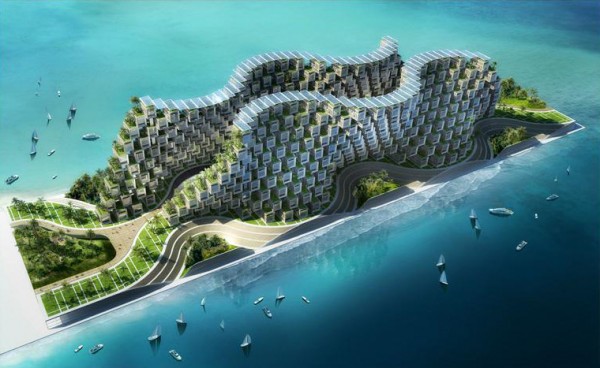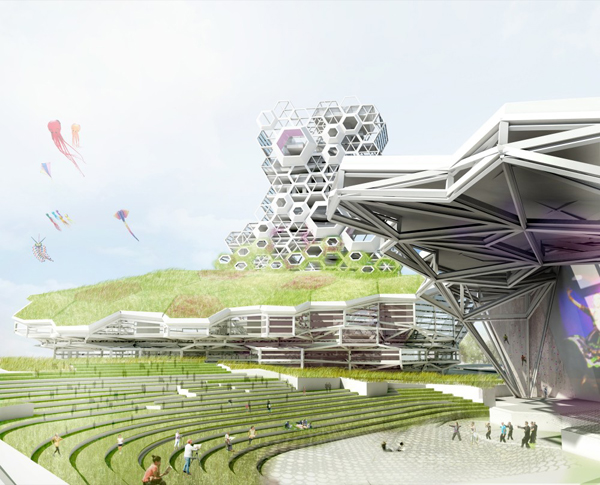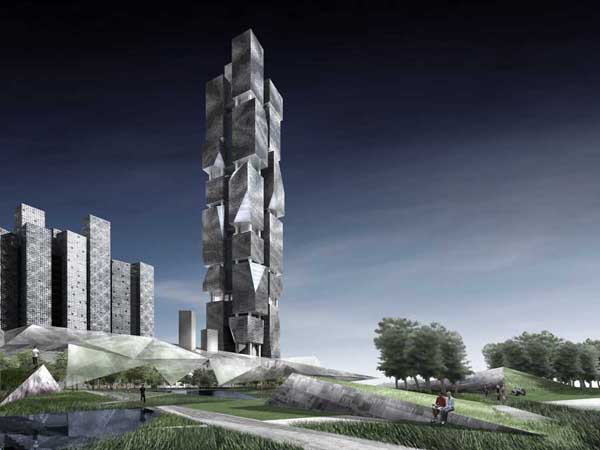This project designed by Arthur Azoulai and Melody Rees is a morphological study that assumes an extended field of movement and circulating forces. It is designed by simulating self-organizing biological systems where selective decision making is used to sculpt innate yet deliberate spatial relationships and formal qualities. At its pure essence, this project is an infrastructural system that acts as a receiver and link-up for formal architectural systems. The inherent continuity of the overall form as a topological surface allows for the emergence of roadways, interstitial interior space, and landscape.
With imbricating structural support systems, the collective tectonics provide a network of circulation paths for pedestrians, cars and trams in addition to an emphasis on temporary pavilion spaces such as transitory food markets, pop-up retail shops and time-share housing. With a temporal and ephemeral program the local culture of Santurce in San Juan becomes active. Correspondingly, the adaptive qualities of the infrastructural surface allow the building and site form an organic semiotic relationship where the building seamvlessly emerges from the land below. This is emphasized as the ecologically evasive character of Puerto Rico’s environment merges into the architecture. Thus this project articulates new formal relationships and interstitial space while also reflecting the contingencies of the current moment in San Juan, Puerto Rico.
via suckerPUNCH

